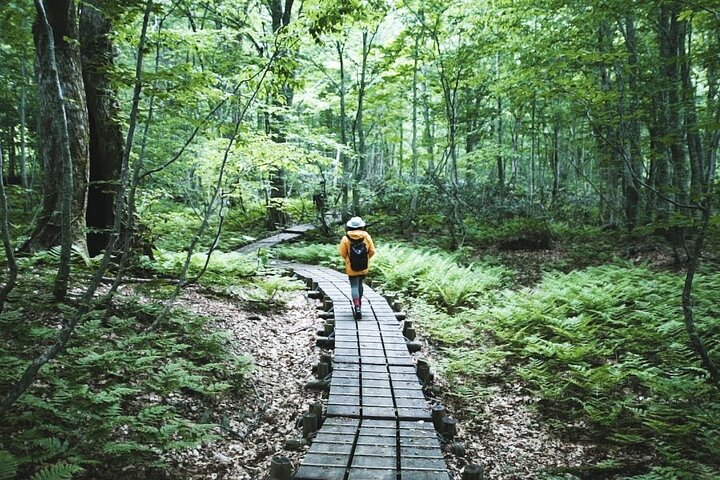
Nishimeya, nestled in the heart of Aomori, Japan, is a hidden gem that offers a perfect blend of natural beauty and cultural richness. One of the most captivating experiences here is the Shirakami Sanchi Hike, where you can explore the UNESCO World Heritage site with a knowledgeable guide. This hike takes you through ancient beech forests, offering breathtaking views and a chance to connect with nature in its purest form. Whether you’re a nature enthusiast or a culture seeker, Nishimeya promises an unforgettable adventure.
Nishimeya, nestled in the heart of Aomori, Japan, is a hidden gem that offers a perfect blend of natural beauty and cultural richness. One of the most captivating experiences here is the Shirakami Sanchi Hike, where you can explore the UNESCO World Heritage site with a knowledgeable guide. This hike takes you through ancient beech forests, offering breathtaking views and a chance to connect with nature in its purest form. Whether you’re a nature enthusiast or a culture seeker, Nishimeya promises an unforgettable adventure.






